(India)
A Nation Reimagined at 78: In 2025, as India marks seventy-eight years of its independence, it stands not as a survivor, but as a confident and competent state actively shaping the global order. From a newly freed, partition-scarred, economically vulnerable state in 1947 to an increasingly resilient, reform-oriented, self-reliant, and assertive republic, India’s transformation has been as remarkable as it has been multifaceted.
Also Read: The Papal Conclave 2025: At the Crossroads of Catholicism
Once grappling with economic fragility, India today ranks as the world’s fourth-largest economy by nominal GDP and the third-largest by Purchasing Power Parity (PPP), with an economic output of $13.7 trillion and a population exceeding 1.46 billion — a population not merely surviving history, but shaping its own future.
While India’s nominal per capita income stands at $2,870, its PPP-adjusted figure of $9,383 offers a more accurate reflection of its growing domestic purchasing power and expanding middle class. This economic leap underscores the evolution of a country that is not only lifting millions out of poverty but also elevating its place in the global hierarchy.
Reflecting on this remarkable journey, I turn to the four key pillars that define India’s contemporary identity and global engagement — economic resurgence, technological innovation, defence preparedness, and climate leadership. Together, they script the story of a nation not content with participation alone, but poised to lead — decisively and responsibly — in addressing the world’s most pressing challenges.
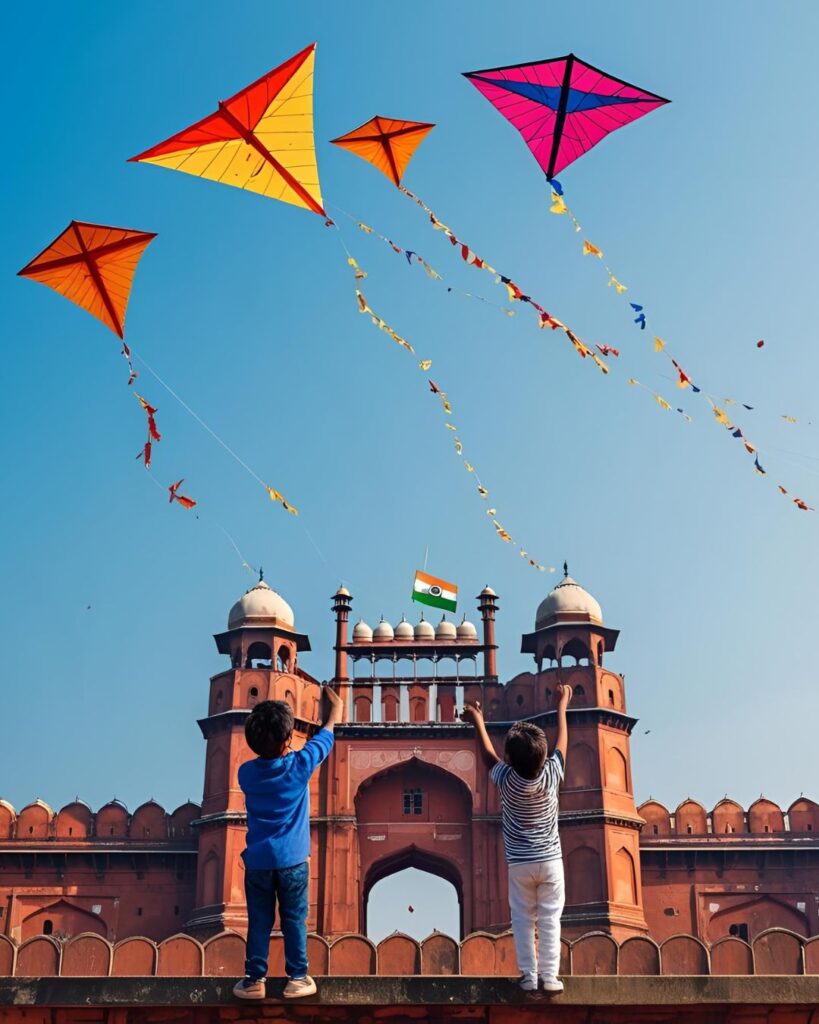
Economic Resurgence: In 2015, India’s GDP stood at approximately $2.1 trillion. A decade later, it has more than doubled, reaching an estimated $4.18703 trillion in 2025, as projected by the International Monetary Fund (IMF). This milestone places India marginally ahead of Japan, whose GDP is approximately $4.18643 trillion, elevating India to the position of the world’s fourth-largest economy, following the U.S., China, and Germany.
India’s economic ascent has been supported by a sustained average annual GDP growth rate of around 6% over the past decade, resiliently navigating challenges like the COVID-19 pandemic. The IMF forecasts India to maintain its status as the fastest-growing major economy, with projected growth between 6.4% and 6.5% in 2025, reinforced by robust factors such as rapid urbanization, expansive infrastructure development, and a burgeoning middle class driving domestic consumption.
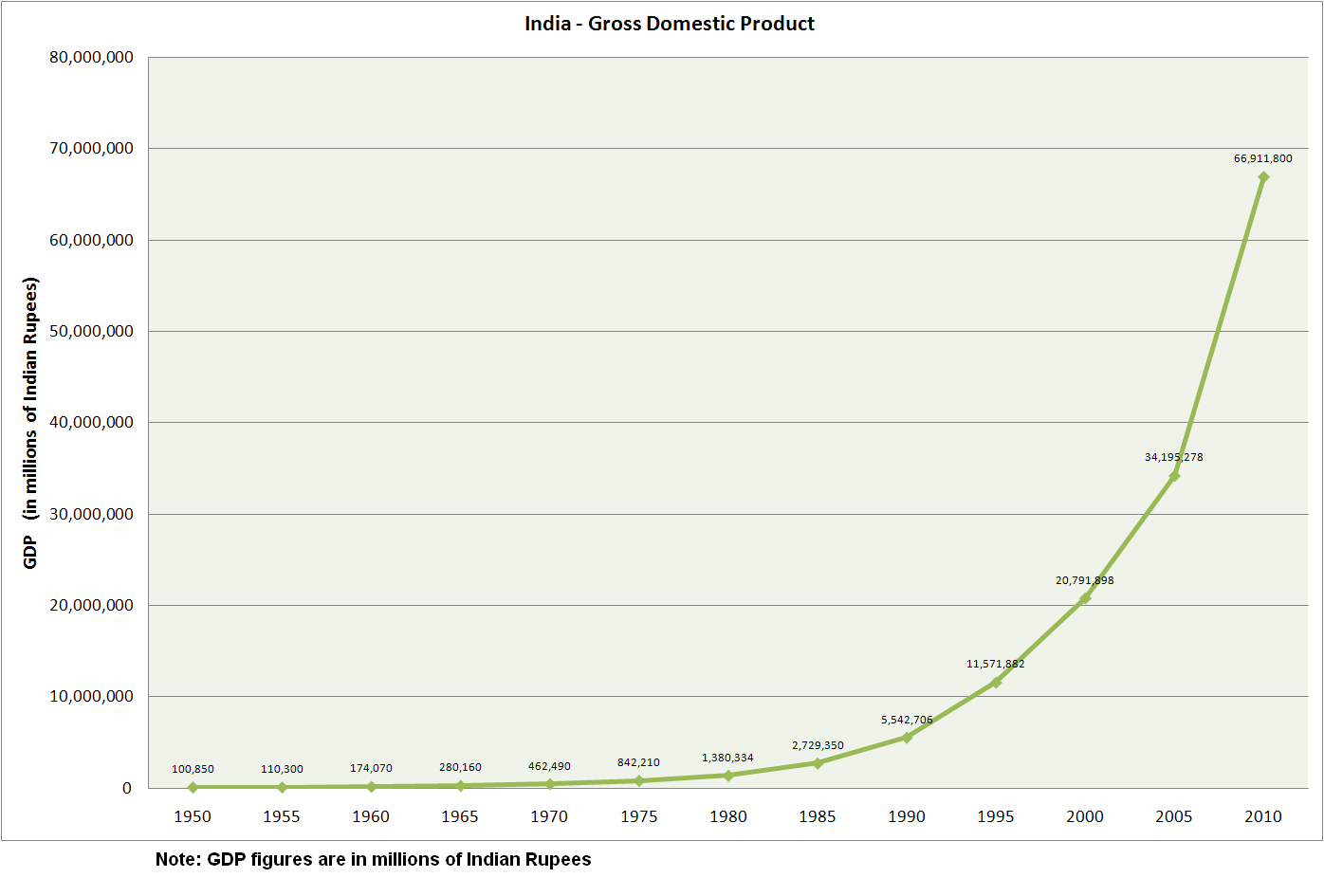
Financial projections from Morgan Stanley, Bank of America Merrill Lynch (BofA-ML), and Ernst & Young (EY) anticipate India surpassing Germany to become the world’s third-largest economy approximately by 2028, with GDP expected to reach around $5.5 trillion. This remarkable growth is fostered by business-friendly reforms like Make in India and GST, resilient agricultural sector performance, buoyant capital markets attracting significant foreign investments, diversified export strengths, and overall macroeconomic stability with controlled inflation.
“Ranked 10th globally in private investment in AI, India is projected to attract between $7.8 to $8 billion in AI investments by 2025.”
As India’s economic strength continues to grow, so does its global influence. Its expanding economy not only solidifies India’s position as a major player in the global financial system but also elevates its geopolitical standing, especially in the Indo-Pacific region. This economic momentum has strengthened India’s participation in prominent international forums such as the G20, BRICS, WTO, IMF, and World Bank, boosting global confidence in its resilience and attracting substantial foreign investment. It also accentuates India’s aspiration for a greater leadership role in global governance — including its longstanding bid for a permanent seat on the United Nations Security Council — which reflects its rising diplomatic, economic, and strategic clout in shaping the future world order.
Beyond economic platforms, India is playing an increasingly strategic role in multilateral groupings such as the Quadrilateral Security Dialogue (QUAD), which emphasizes Indo-Pacific cooperation and technological resilience, and the Shanghai Cooperation Organisation (SCO), where India contributes to regional security, counterterrorism, and infrastructure connectivity. These complementary roles highlight India’s multidimensional rise on the world stage—as both an economic powerhouse and a key strategic actor.

Technological Innovation: Since 2020, India took rapid strides in technological innovation, emerging as a key global hub for Artificial Intelligence (AI), space exploration, and digital finance. Ranked 10th globally in private investment in AI, India is projected to attract between $7.8 to $8 billion in AI investments by 2025, driven by a surge in industry integration, a vibrant startup ecosystem, and policy support for AI research and development.
Once a domain driven solely by government agencies, India’s space program has evolved into a vibrant public-private partnership, positioning the country as a significant global player in space technology. India is capable of executing complex and cost-effective space missions, as demonstrated by historic lunar missions (Chandrayaan-1 in 2008 and Chandrayaan-2 in 2019), the Mars Orbiter Mission (Mangalyaan in 2013), the Space Docking Experiment (SpaDE-X in 2025 by private startups), and ongoing programs like the Gaganyaan human spaceflight mission.
“In July 2025 alone, UPI processed a record 19.47 billion transactions valued at approximately ₹25.08 trillion (about $300 billion USD).”
India’s ambitious vision for the future includes a crewed lunar landing by 2040 and the establishment of an independent space station in low Earth orbit. Primarily indigenous, these programs emphasize self-reliance and indigenization in satellite fabrication, launch vehicles, and mission technologies, showcasing India’s commitment to developing homegrown space capabilities.
India, a global fintech leader with real-time digital payments surpassing those of most countries, continues to break records through its Unified Payments Interface (UPI). In July 2025 alone, UPI processed a record 19.47 billion transactions valued at approximately ₹25.08 trillion (about $300 billion USD). On average, over 628 million UPI transactions are processed daily, exceeding the daily transaction counts of major global digital payment networks like Visa, Master and American Express.
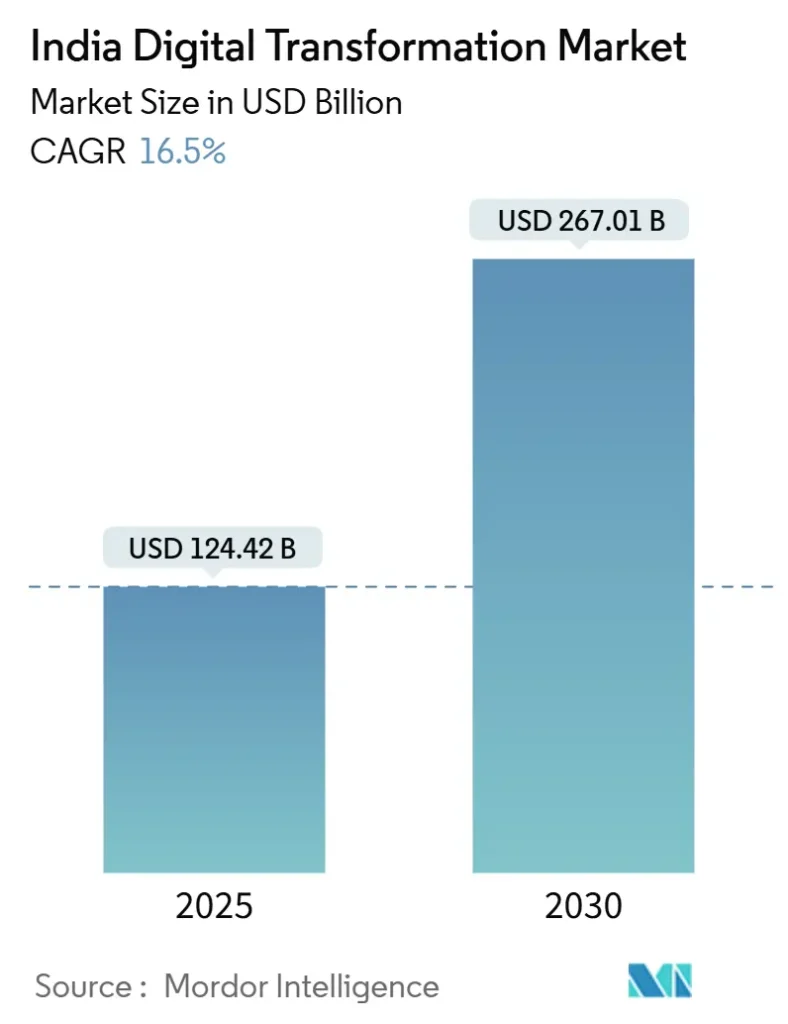
Innovations in digital lending, neo-banking, and cross-border payments continually enhance the utility and reach of UPI, making financial services more accessible, efficient, and versatile. These advances are a testament to India’s robust and dynamic fintech ecosystem.
Defence Preparedness: On 7 May 2025, India launched Operation Sindoor — a decisive and proportionate military response to the Pahalgam terror attack of 22 April 2025. This operation showcased India’s growing military capabilities and strategic maturity, emphasizing its resolve to combat terrorism without escalating regional conflict.
Also Read: Adolescence: The Anatomy of a Teenage Tragedy
Without crossing international borders through conventional troop movements, India executed precision strikes on nine terrorist camps deeply embedded within Pakistan-occupied Jammu and Kashmir (PoJK) as well as in other parts of Pakistan. Notably, these strikes were aimed exclusively at terrorist infrastructure rather than Pakistani military bases, highlighting the operation’s singular focus on terror containment and prevention of further attacks.
In the aftermath of Operation Sindoor, Pakistan launched retaliatory drone and missile attacks against multiple Indian military installations across northern and western India. These aerial incursions were effectively neutralized by Indian forces employing advanced indigenous Counter-Unmanned Aerial Systems (C-UAS) embedded in a sophisticated, multi-layered air defence network.
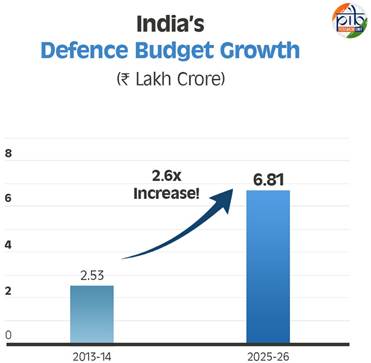
India’s defensive operations prominently featured domestically developed technologies that played a pivotal role in countering hostile aerial threats. The Akash Surface-to-Air Missile System, along with the AI-powered Akashteer Air Defence System, provided robust and reliable interception capabilities against the incoming drones and missiles, showcasing India’s advancements in indigenous air defence.
Complementing these systems were the SkyStriker Loitering Munitions — suicide drones designed to execute precise surgical strikes against critical high-value enemy assets such as radar installations and missile batteries. These strikes severely impaired Pakistan’s ability to detect and respond to aerial threats.
Additionally, the DRDO-developed D-4 Anti-Drone System was integral to India’s defensive success. By deploying a sophisticated combination of GPS disruption, radio frequency jamming, and laser-based kill mechanisms, this system effectively countered hostile drone incursions and missile attacks, thereby safeguarding Indian territory and military assets.
“India’s offensive retaliation systematically targeted Pakistani air defence radars and missile systems across multiple locations, including the successful neutralization of Pakistan’s air defence infrastructure in Lahore.”
India’s offensive retaliation systematically targeted Pakistani air defence radars and missile systems across multiple locations, including the successful neutralization of Pakistan’s air defence infrastructure in Lahore. The BrahMos Supersonic Cruise Missile — a joint Indo-Russian development predominantly manufactured in India — played a crucial role in delivering these precision strikes. Its employment significantly degraded Pakistan’s aerial threat detection and response capabilities.
Operation Sindoor not only enabled India to establish temporary local air superiority but also provided crucial operational leverage for ongoing and future missions aimed at counterterrorism and regional stability. Beyond its tactical and strategic achievements, the operation exemplified India’s pursuit of technological self-reliance and operational excellence in modern conflict scenarios. It highlighted the maturity and effectiveness of India’s indigenous defence innovation ecosystem and reaffirmed the country’s capacity to respond decisively, effectively, and proportionately to complex security challenges in the region.

Climate leadership: The 2015 Paris Agreement required each signatory country to launch its Nationally Determined Contributions (NDCs) — self-defined targets, plans, and policies outlining efforts to reduce greenhouse gas emissions as part of global climate action. The NDCs were the global community’s collective strategy to limit global warming to well below 2°C, preferably to 1.5°C, compared to pre-industrial levels.
In its NDCs, in 2015, India made three important pledges: (1) sourcing 40% of its total installed electricity capacity from non-fossil fuel-based energy by 2030; (2) reducing the emissions intensity of its GDP by 33–35% compared to 2005 levels by 2030; and (3) enhancing its carbon sink by 2.5–3 billion tonnes of CO₂ equivalent through expanded forest and tree cover by 2030.
At COP26 in 2021, India significantly enhanced its climate commitments by revising two key targets: increasing its non-fossil fuel energy capacity to 50% and reducing emissions intensity by 45% — both to be achieved by 2030. While these NDCs focus on medium-term goals, India simultaneously unveiled an ambitious long-term vision to reach net-zero emissions by 2070.
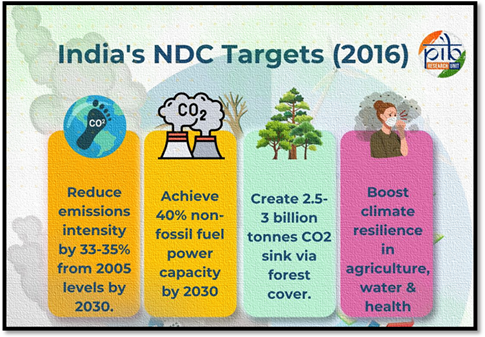
India being sincere and ambitions in its commitment to global climate action, it has been keen on achieving its targets before time. No wonder, India announced that on 30 June 2025, it attained 50% of its total installed electricity capacity from non-fossil fuel sources. This achievement, accomplished five years ahead of the country’s NDCs 2030 target, makes India as a global leader in energy transformation.
Presently, India’s total installed electricity capacity stands at 485 GW, with 243 GW derived from non-fossil sources — comprising 185 GW from renewables (solar, wind, small hydro, and biogas), 49 GW from large hydro, and 9 GW from nuclear energy. Meanwhile, India’s thermal capacity, mainly coal and gas, accounts for 242 GW or approximately 49.9%. However, the number shows a significant reduction from 70% in 2015. (India)
“The Republic’s story at seventy-eight is not only one of progress, but of purpose — bold, resilient, and unmistakably global.”
Over the past decade, India achieved a phenomenal growth in its non-fossil fuel capacity. If in 2015, non-fossil sources constituted 30% of the total capacity, by 2020 it rose to 38% and by 2025 to 50%.
India’s remarkable progress in meeting and surpassing its climate goals reflects both a strategic commitment and a transformative vision for sustainable development. By achieving its 2030 non-fossil fuel target five years ahead of schedule, India has not only demonstrated its leadership in global climate action but also showcased the viability of large-scale energy transition in a developing economy. As the nation continues to balance growth with environmental responsibility, its trajectory offers a compelling model for other countries striving to meet the Paris Agreement goals.
Also Read: Collection of Flash Fictions
Conclusion: At seventy-eight, India is no longer just rising — it is leading with intent, clarity, and conviction. Its journey from post-colonial fragility to global influence is not defined by the weight of its past, but by the force of its aspirations. Economic dynamism, technological innovation, strategic deterrence, and climate leadership are not parallel pursuits, but integrated pillars of a nation reimagining its role in the world.
In an era defined by disruption and transformation, India stands not on the margins of global power, but at its centre — shaping norms, solving challenges, and setting the pace for others to follow. The Republic’s story at seventy-eight is not only one of progress, but of purpose — bold, resilient, and unmistakably global.
Image Credits:
1. Generated by AI
2. PIB
3. Mordor Intelligence
4. NDTV
5. Gazet International
6. Wikipedia
7. Flickr
Sacaria Joseph is an Assistant Professor in the Department of English at St. Xavier’s College, Kolkata. Having pursued his undergraduate studies at St. Xavier’s College, he furthered his academic journey by obtaining a Master of Arts degree in English Literature from Pune University, a Master of Philosophy from Jadavpur University, Kolkata, and a PhD from Visva-Bharati University, West Bengal. In addition to his academic pursuits, he writes on a wide array of subjects encompassing literature, philosophy, religion, culture, cinema, politics, and the environment.






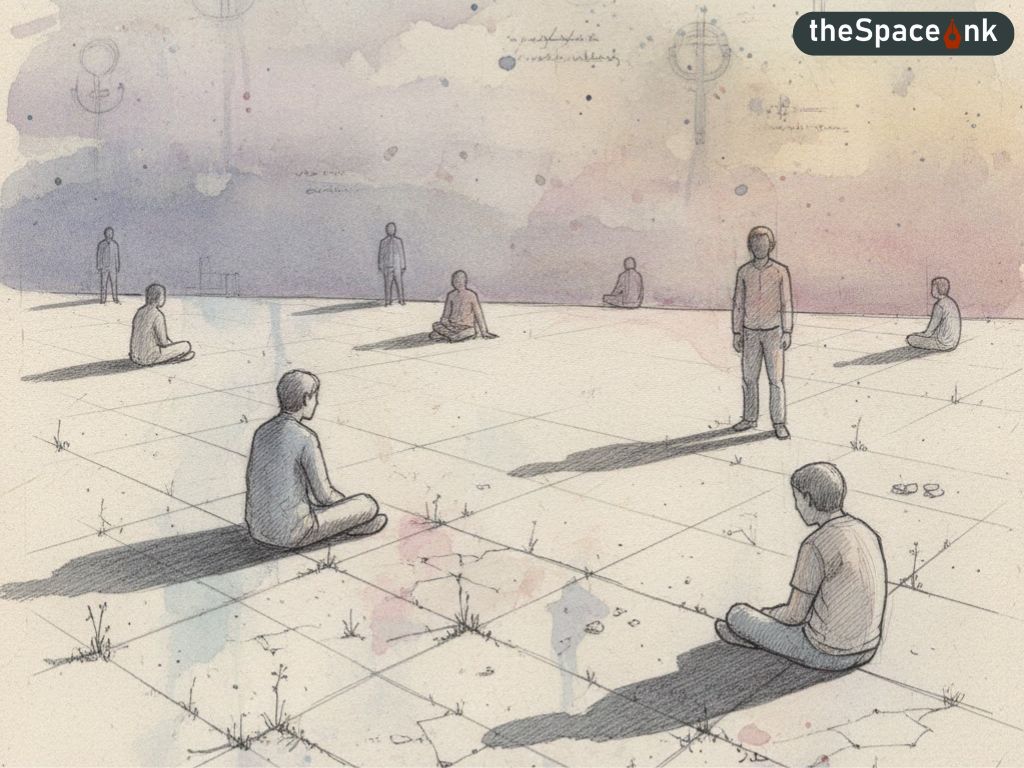


One Response
It’s very encouraging to see our country attaining such growth and reaching for the stars. I am sure a lot of research has gone into your work Father. ..very well presented.